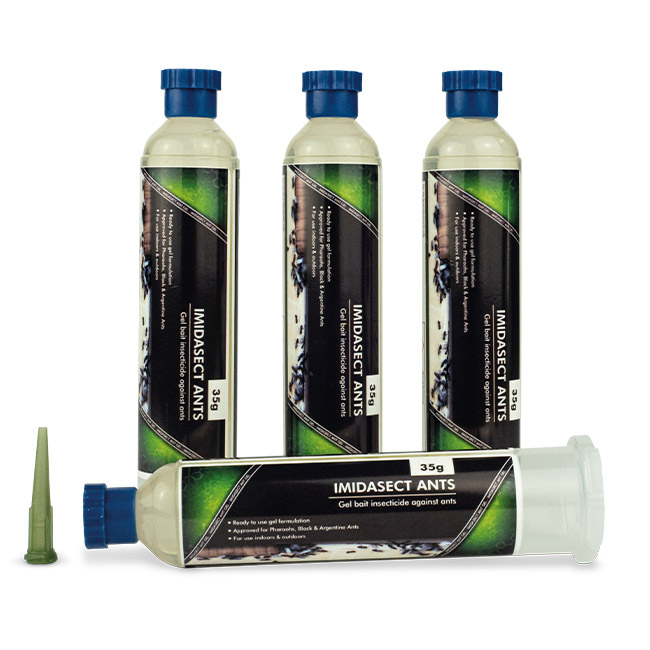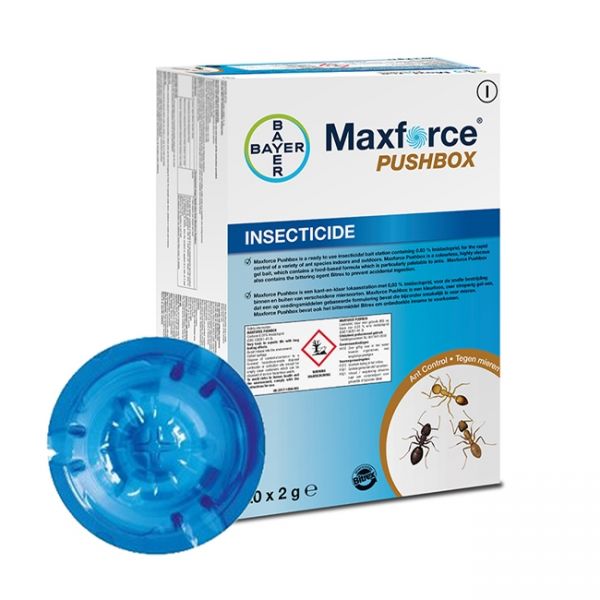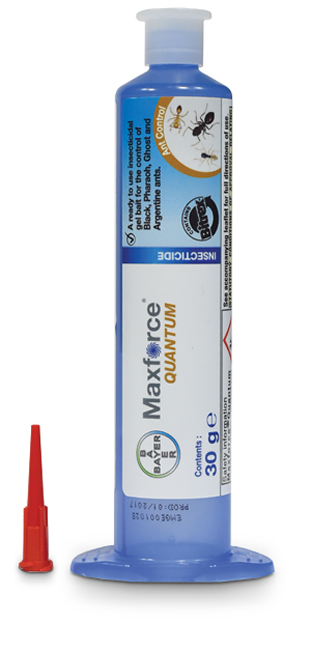Bumblebees (Bombus spp)
Bumblebees (Bombus spp)
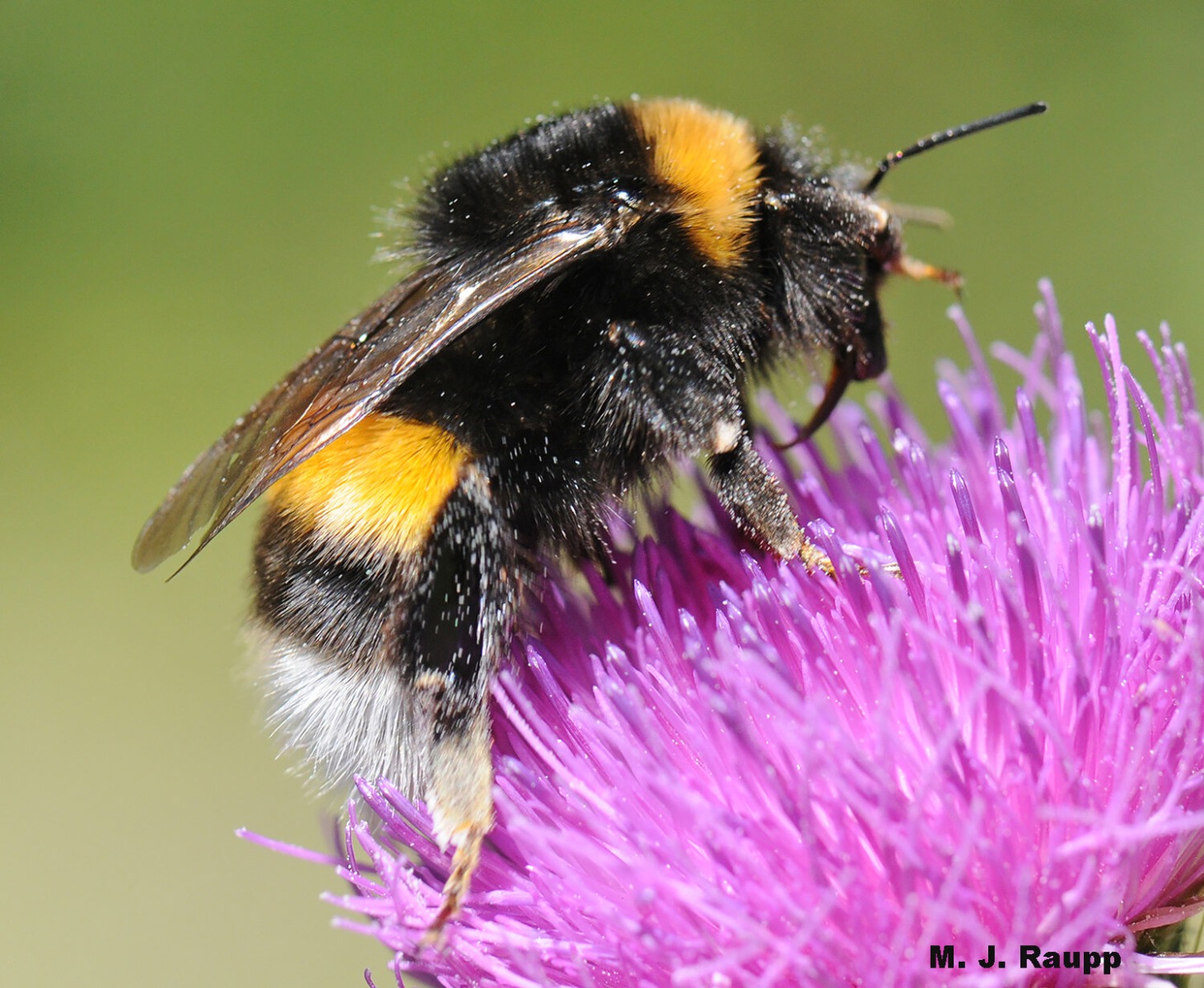 |
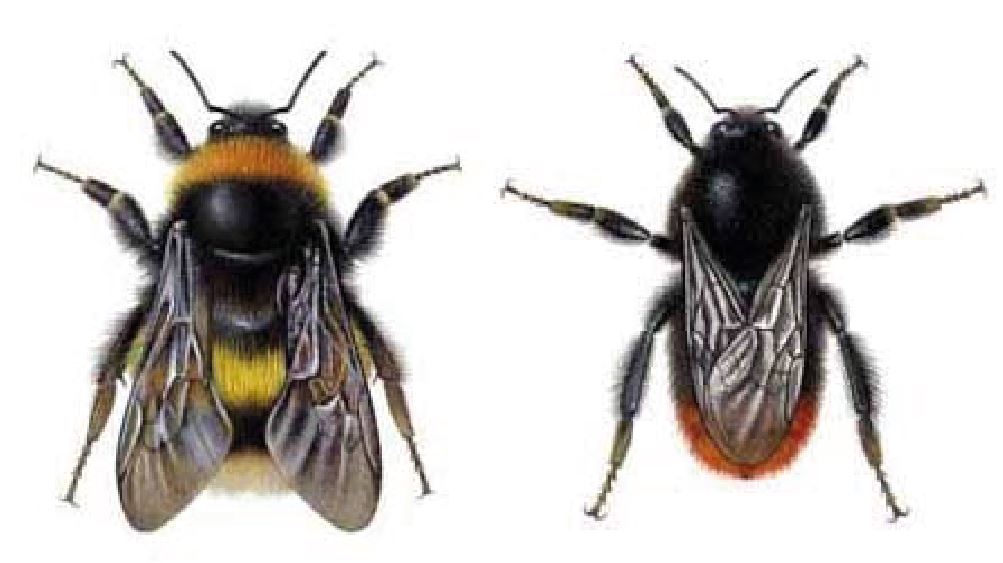 |
Identification:
Bumblebees range in size from about 12 to 25mm in length. Are generally striped yellow and black, but can also have splashes of red and/or white.
Biology:
A colony is founded by a Queen (large, fertile female) in the spring or early summer. She will have spent the winter in hibernation. Her first offspring will be workers (sterile females) who collect pollen and nectar and set to work maintaining the wax brood cells and looking after more young. Sizes of colonies vary according to species, and some can produce several hundred workers. After two or three months, young Queens and males will be produced and the colony starts to decline. A colony only lasts a single season, and workers and males do not live longer than two months or so. After mating, the young queens go into hibernation over winter in soil or under leaves, and emerge next spring to found their own colonies.
Control:
Bees are beneficial, as they act as pollinators of many fruit trees and other plants. Bees are generally harmless and will usually only sting if seriously provoked. If a nest does pose a threat to a household then, if possible attempt to relocate the nest to an alternative site, care should be taken if relocating a Bumblebee nest.
**Products to control Bumble Bees:
|
Imidasect Ant Gel (35g tube) |
Maxforce Pushbox (20 x 2g) |
Maxforce Quantum Gel (30g tube) |

